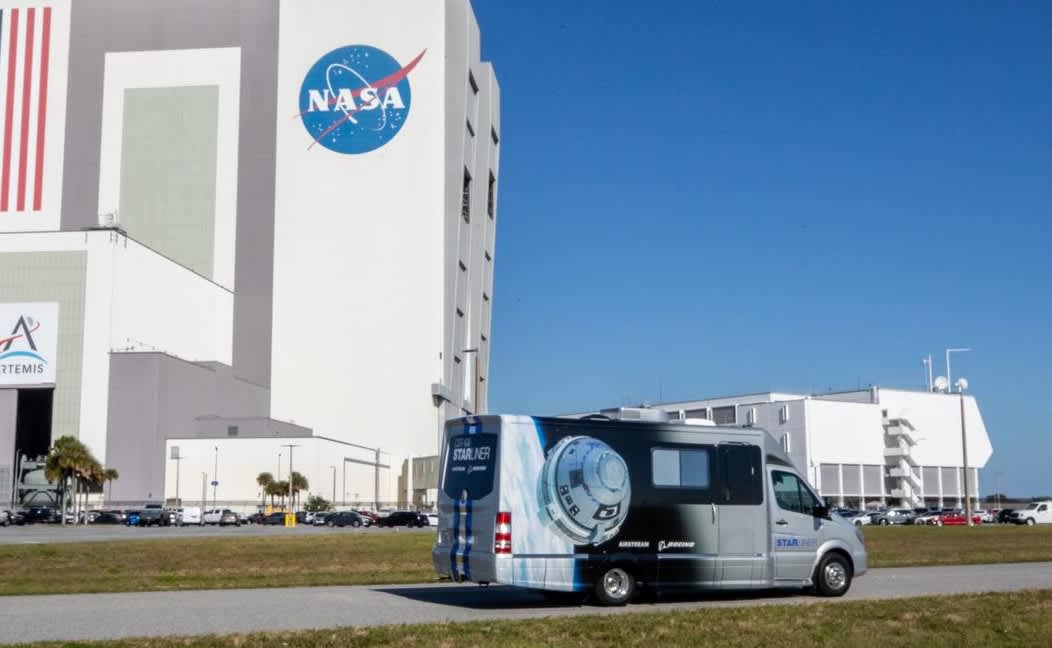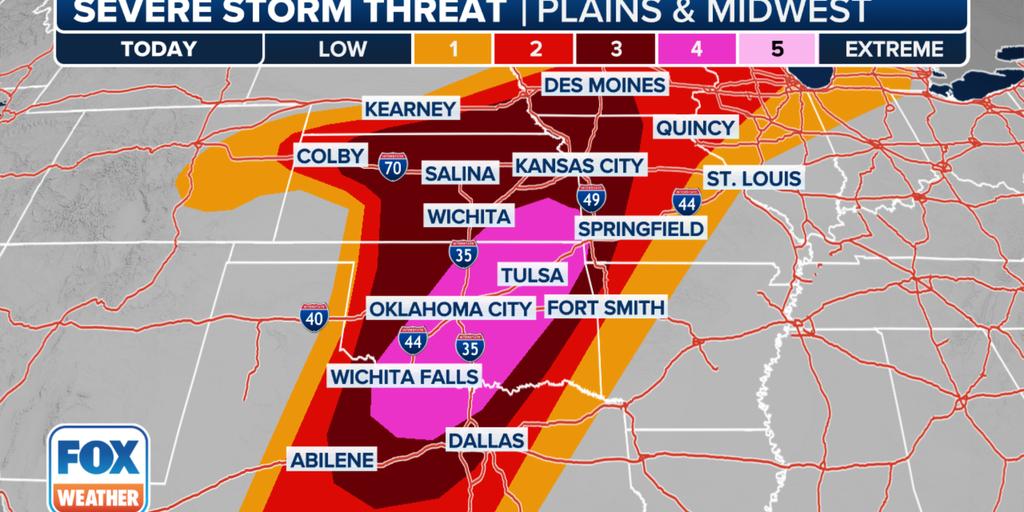Boeing’s Starliner program finally feels close to flying people in space for the first time. Now slated to carry astronauts to the ISS in May, Boeing was once seen as neck-and-neck with SpaceX. It was originally planned to launch this crew flight test in November 2018.
Almost two years later, Starliner’s precursor test flight had gone awry – but NASA and Boeing’s messaging focused on “we’ll fix it and be flying soon!”
Well, it took more than two years to fly a re-do test flight. A year after that I tried to contextualize expectations and wondered where the sense of urgency was. And another year brings us to today.
On the eve of flying crew, Boeing’s messaging is now closer to “NASA wants us as backup and we’re not committing beyond that.” I’m paraphrasing, but that was the main talking point this past week as agency leadership explained why Starliner is still useful.
That’s understandable, given how much money Boeing has eaten already (and likely will continue to eat, since “risk remains that we may record additional losses in future periods”). But it’s also unfortunate, as it seems unlikely Starliner will fly more than the six NASA missions that Boeing’s under contract for. Non-NASA missions, too, seem like an afterthought, unlike the multiple private flights completed by SpaceX’s Dragon in just the first few years since it started flying people.
The additionally unfortunate aspect of this situation is that none of these years of setbacks and cost overruns seem to have lit a fire under Boeing’s space management. In the recent press conference, Boeing’s Starliner VP Mark Nappi had this to say about watching SpaceX fly astronauts for the last four years:
“I don’t call it frustrating at all. I think we would like to have been further along at this time, there’s no doubt about that,” Nappi said.
Human spaceflight is a small market within the broader space industry, but a hugely significant one when it comes to the future of companies building space stations and moon bases and more. Hopefully another company like Sierra Space or Blue Origin takes the crew vehicle competition to SpaceX.
Boeing, not frustrated after falling years behind, certainly won’t.

Daisy Hips is a science communicator who brings the wonders of the natural world to readers. Her articles explore breakthroughs in various scientific disciplines, from space exploration to environmental conservation. Daisy is also an advocate for science education and enjoys stargazing in her spare time.








